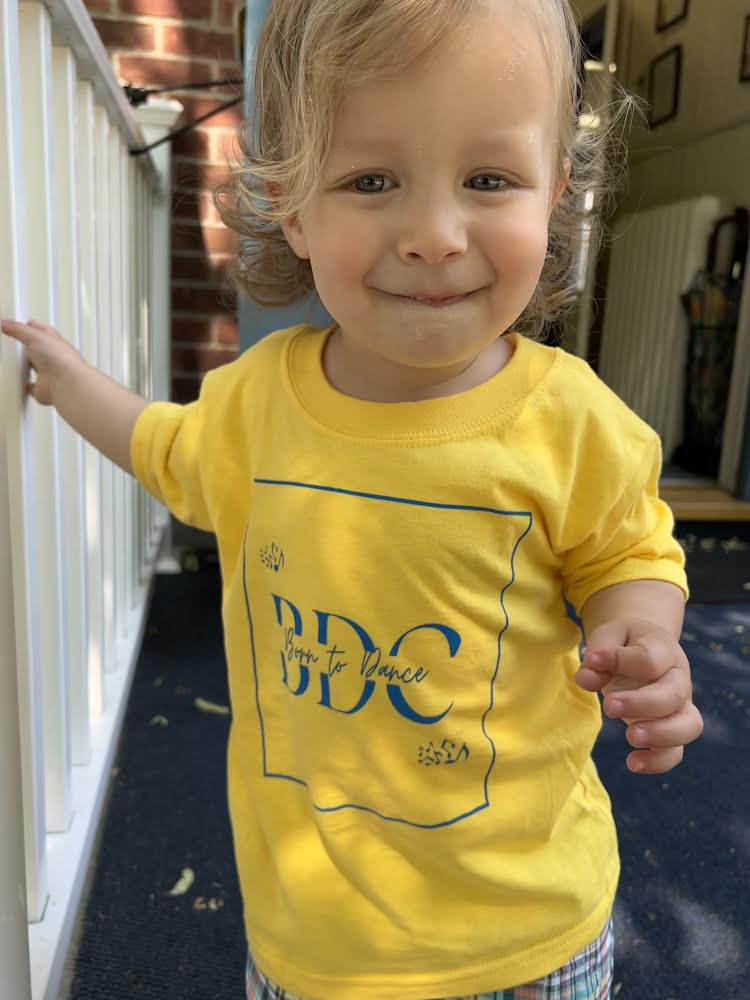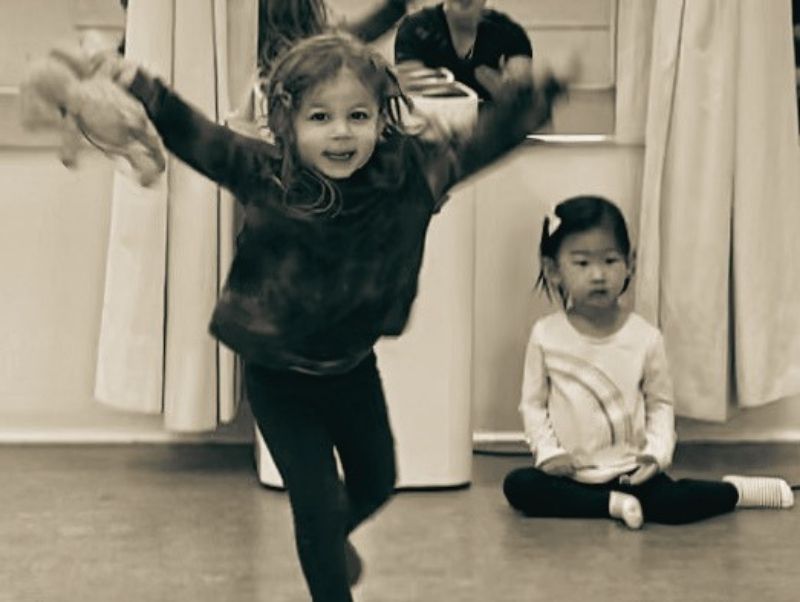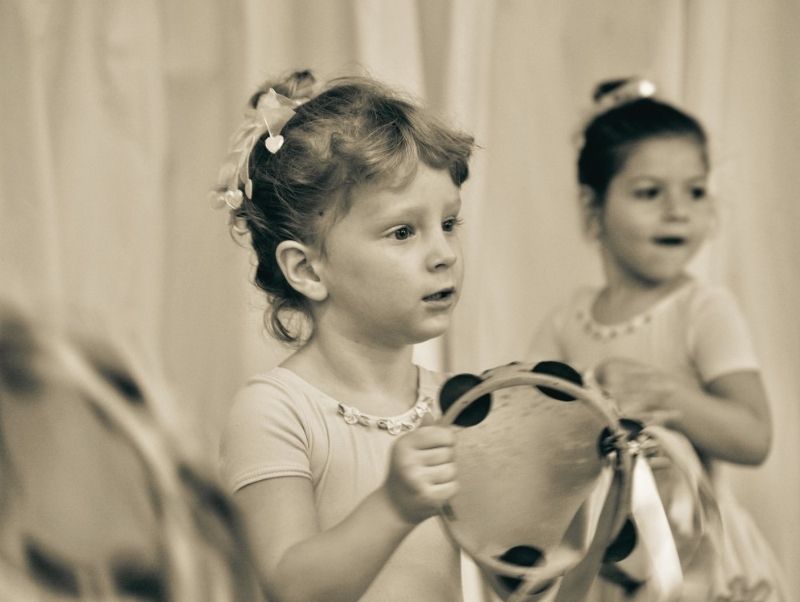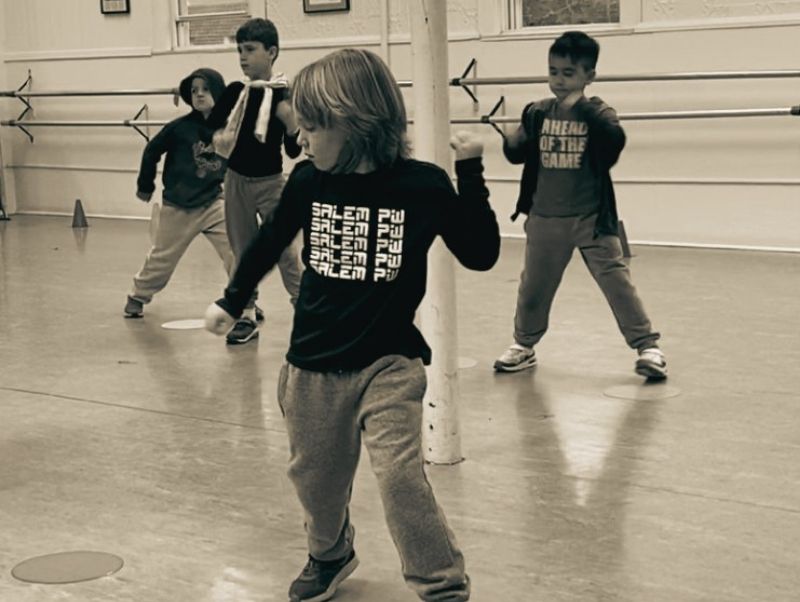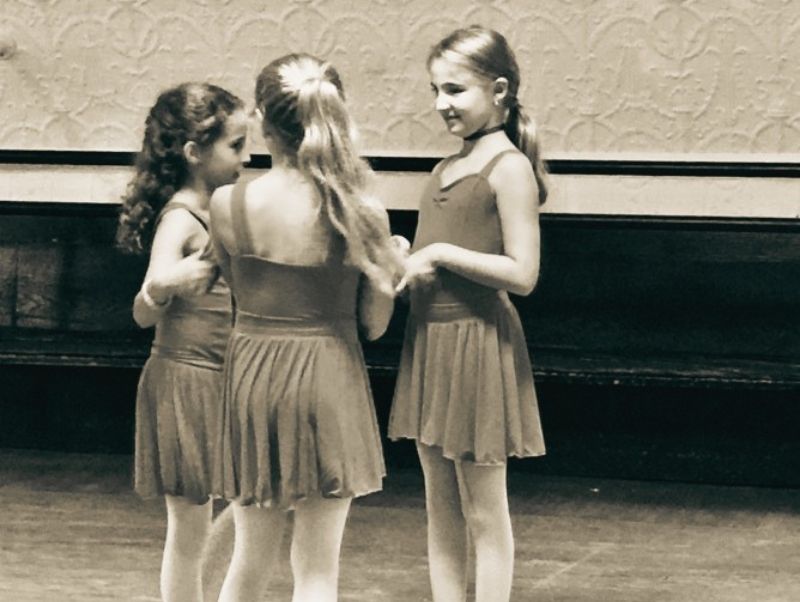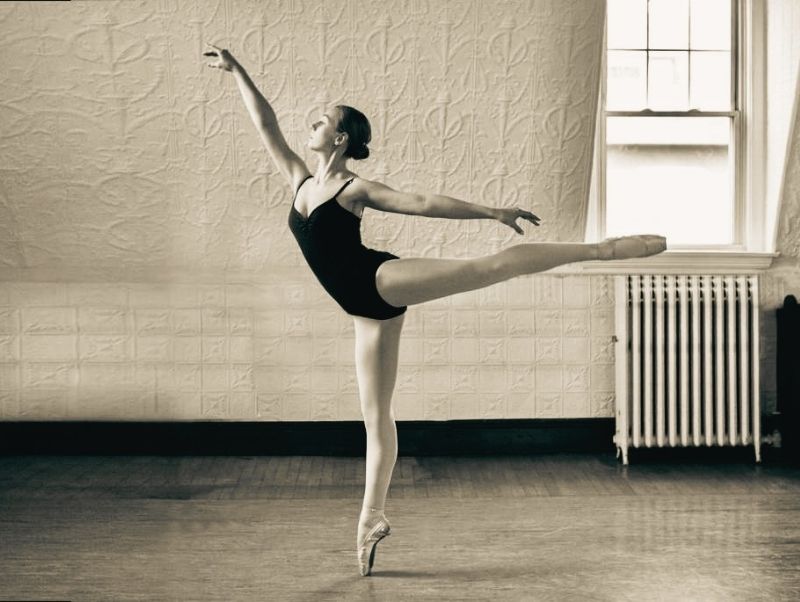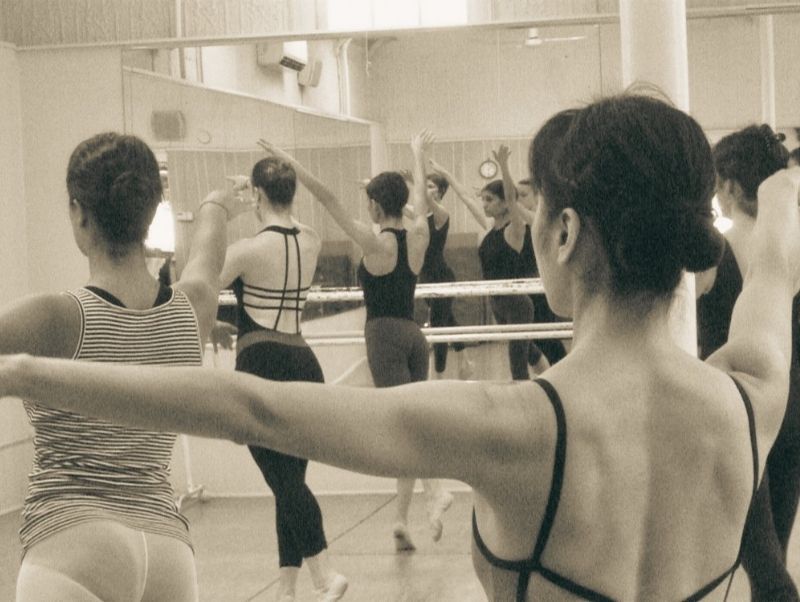Brain Booster: Music plays a crucial role in brain development, enhancing various cognitive functions.
Exercise: While your little one might not need a workout, it’s a great way for you to get some physical activity.
Socialization: Dance classes provide an opportunity to meet other parents and socialize, which helps in developing your child's social-emotional skills and gives you a chance to make new friends.
Bonding: Singing and humming during dance classes can strengthen the emotional bond between you and your child.
Fun: Dancing is a joyful activity that can bring smiles and laughter to both you and your child.
Baby and Toddler Dance Program w/adult
Born to Dance • toddlers 18 months-3 years• $175 Friday 10:30-11:15 am
NEW! Dance Baby Dance (in partnership with the Parent Resource Center ) •a baby wear class • newborn-1 year • $75.00 Friday 11:30-12:00 pm
Dance with Me•a family class •$175 Sunday 10:30-11:15 am
Enroll now Start date dependent on meeting required minimum.
5 Week sessions
"Dancing with your child is a wonderful way to interact as little ones enjoy music, listening to a singing voice and being held by a loved one," .
Baby and Me A baby wear class (age 0-6 months ) 1/2 hour class,on Zoom or in person.
A class for moms and for caregivers and their babies. Simply wear or carry your babe through this lively step and sway class- part baby hypnotism part Zumba. Includes a barre, line dancing and even weights! Not to be missed!
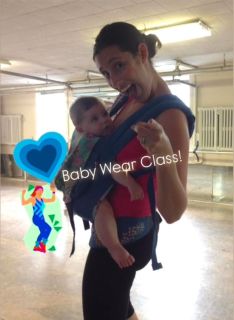
Benefits include:
Born to Dance (ages 18 mo-3 with an adult)
Away from cell phones and power cords, computers and Wi-Fi your toddler will be right behind you, loving every moment. The toddler years are the perfect time to introduce your child to dance through.musical games, toys, nursery rhymes and childens' songs which provide a background to a framework of movement.
The benefits of dance far outweigh many of your concerns when it comes to your toddler. In a toddler dance class, the expectations are just to have fun and develop some new skills.
Your child will learn to interact with friends, move in a creative way to music, and begin to master following directions.
Q and A
Q. What should my child wear on his/her feet
A. Rubberized ribbed socks are advised. No shoes allowed in the studio.
Q. What if my child cries or starts running around?
A. Please take him from the room briefly. Return and try again. It may take time to adjust to a new space and new environment.
Q. What if my child is shy and does not participate?
A. Please do the activities yourself. Instead of sitting it out, carry your babe and partake. This will gently encourage future participation.
Benefits include:
• Increased listening skills and coordination
• Awareness of parts of the body and how they move in isolation
• A vocabulary of movement appropriate for this age
• A forum for self-expression within a gentle discipline of structure
PROPS are used during the class to encourage and motivate:
A Small blanket for each student, rhythm sticks, scarves, balls, mats, soft toys and hoops
Born to Dance (ages 2-3) a child with adult
These classes teach movement that is consistent with the developmental level of the young child and associates moves with toys and stories that embrace a child's world. May include tap if appropriate..
Benefits include:
1. Increased coordination, an awareness of how to move at different levels, ability to change speed at different levels while moving in all directions.
2. Increased knowledge of parts of the body and how they move in relation to each other
3. Increased vocabulary of movement and an understanding of the basics of movement, i.e. time, space, directions and balance.
4. A strengthening of listening skills, concentration and problem solving skills necessary in the education of the young child.
5.The channeling of a child's boundless energy into paths that will encourage, structure gently and provide means for greater creativity.
No Dress code
Dance with Me A family class All ages are invited.
This is a family dance party to be enjoyed. Not your regular dance class.
Kids learn to move before they learn to read or sing. To allow them to move is to allow them to be some essential part of themselves with YOU in an important way. When we communicate with our bodies,it is our first langauge. . Movement taps into deeper feelings and makes room for an inventiveness and silliness that language does not.
Come join the fun as a family. It's a reliable moment to reconnect with our bodies, our minds and each other. Unlike almost anything else we are doing right now, the million acts of family maintenance required to make it through the day, the a family dance party is one thing that is truly for us, and by us — together.


